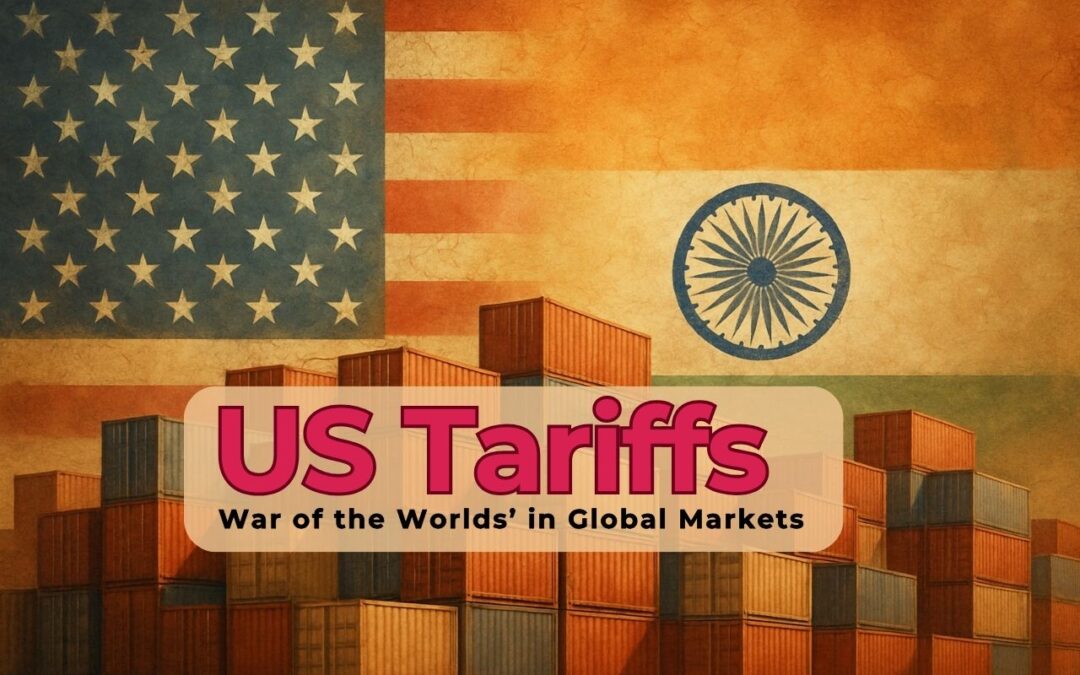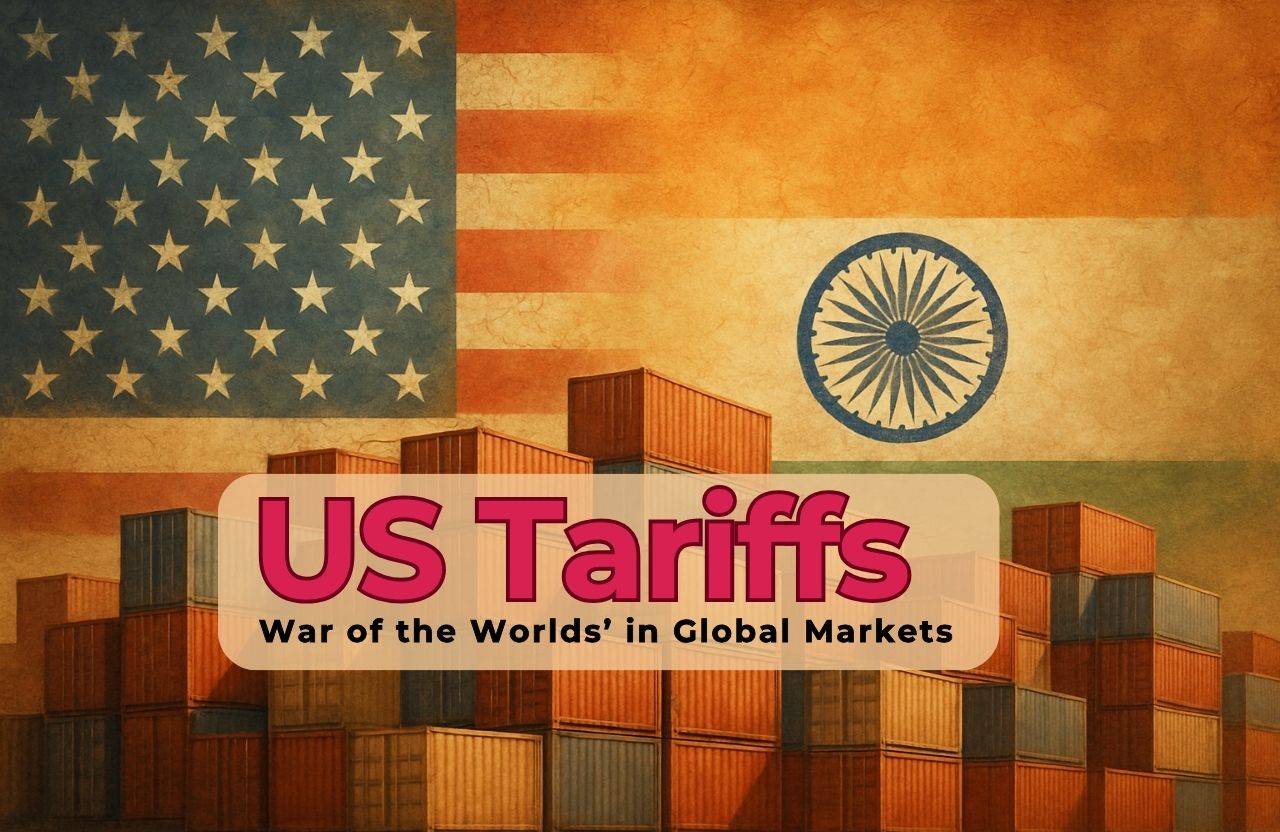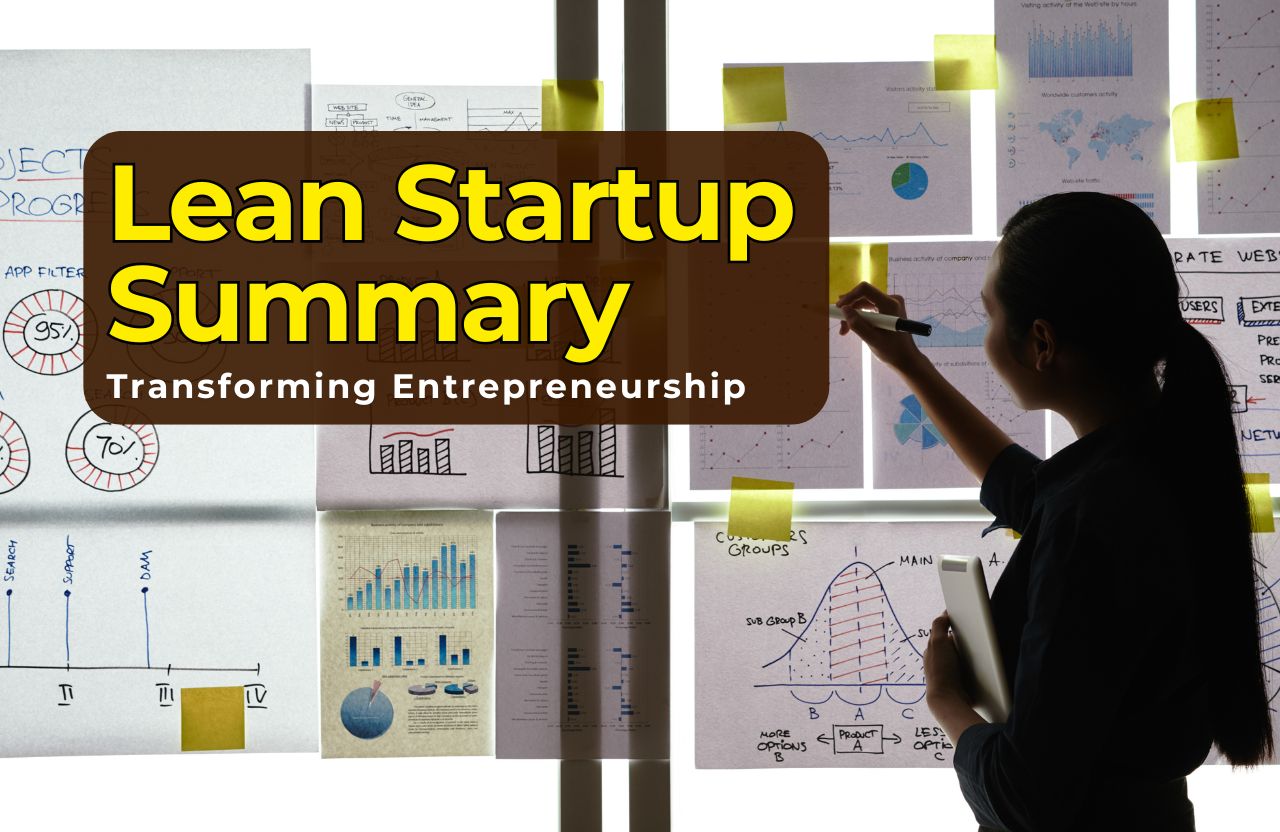When you visualize Hollywood and Wall Street, you think glamour, glitz and wealth, not trade tariffs and global friction. It’s a twist no Hollywood screenwriter could have predicted, yet by 2025, both the film capital and America’s financial hub are caught in the same economic storm.
The catalyst? US Tariffs. This article explores their far-reaching effects from global cinema and finance to manufacturing, trade and consumer markets.
On movie sets in Los Angeles and trading floors in London, these new tariff policies are rippling across industries, economies and financial markets worldwide.
Hollywood on the Edge: How US Tariffs Threaten Global Cinema
The concept of implementing US Tariffs on movies produced abroad was initially more like a wacky script plot than an actual economic maneuver. But the suggestion of a 100% tariff on foreign films shook those working in the entertainment space.
Hollywood relies heavily on international markets. Nations such as China add billions of dollars to box office totals annually. Limiting or increasing the cost of access to the US market for foreign films might trigger retaliation, isolating Hollywood from profitable foreign audiences.
Directors contend that there is a global motion picture industry that rides on cooperation directors, actors and studios frequently collaborate across borders. Tariffs, they believe, can transform an interconnected form of art into a politically motivated marketplace.
Wall Street’s Response to US Tariffs and Market Uncertainty
While Hollywood worries about creative exports, Wall Street worries about the bottom line. Major US banks are preparing for the risk of reduced economic growth if tariffs build up into full-fledged trade wars.
Banks are holding more capital to absorb possible credit losses, concerned that they may see less lending and a slowing job market. Investment portfolios too are suffering as market uncertainty rises.
Nevertheless, some banks are citing strong consumer spending and stable employment as evidence the economy will ride out the storm. The issue is that tariffs tend to function like a slow-moving tide, they can take months to reveal their complete effect but when they do, they’re hard to turn back, especially when US Tariffs are involved.
India’s Manufacturing Sector Under Pressure from US Tariffs
India has been severely impacted by recent US Tariffs on exports, mainly manufacturing and IT services. Its stock market has responded sharply, with indices falling sharply as investor sentiment is eroded.
Earning the disapproval from economists and analysts worldwide, these US Tariffs could shave off a noticeable portion of India’s GDP growth. For example, manufacturing hubs are feeling the immediate effects of US Tariffs as orders from the US slow down.
In retaliation, India is diversifying its markets for exportation, deepening engagement with Southeast Asia, Africa and Latin America. The government is also introducing support programs for industries that have been hit and speeding up domestic consumption programs to compensate for losses from the US market.
The UK’s Trade Struggles Amid US Tariffs
The United Kingdom, while facing its own challenges on the other side of the Atlantic. The British exporters, in particular the automobile and luxury goods industries, have seen profits whittled down as the US Tariffs have raised barriers to market entry in America.
The Bank of England has lowered interest rates to spark economic growth but still has had to deal with trepidation about inflationary pressures from US Tariffs. The pound was highly variable in value, given the uncertainty of how long the tariffs will continue and whether or not there will be retaliatory actions by the UK.
To companies already coping with the post-Brexit trading environment, US Tariffs bring yet another level of complication.
China’s Countermoves Against US Tariffs
China, a frequent focal point of US trade actions, has retaliated against emerging tariffs of its own. High US Tariffs on Chinese electronics, steel and consumer products have prompted Beijing to increase domestic consumption campaigns and promote more self-sufficiency in strategic industries.
Chinese authorities have also been developing stronger trade relationships with emerging economies, lowering reliance on the US for export proceeds. Short-term dislocation is unavoidable, though China’s long-term plan is to convert tariff pressure into a stimulus for economic restructuring.
UAE’s Re-Export Industry Feels the Impact of US Tariffs
The United Arab Emirates is not necessarily in the crosshairs of US Tariffs directly, but as a principal re-export location, it is indirectly affected by US Tariffs. Rising tariffs on items moving through global supply chains will reduce the quantity of trade moving via UAE ports.
This slowdown affects the logistics, shipping and free zone sectors, which are among the most important components of the non-oil economy in the UAE. Policymakers are working on some trade alliances while trying to invest into technology-based logistics to ensure the achievement of successful northbound winds.
Europe’s Mixed Strategy on US Tariffs
Responses to US Tariffs are mixed in Europe. On the one hand, tariff rates agreed on for specific goods offer some predictability for exporters. On the other, even modest tariffs erode profit and make supply chain planning more difficult.
These include industries like luxury fashion, aerospace and high-end production, all feeling the strain of US Tariffs. European countries are pushing for long-term arrangements to prevent the Seattle-like cycle of each nation acting out in trade tensions, but the politics in the US make those arrangements uncertain.
The Global Economic Domino Effect
Perhaps the most underestimated part of US is their ripple effect. US Tariffs hardly ever stay within the two countries directly involved. Instead, they trigger supply chain disruptions, shift investment flows and even spark retaliatory tariff effects commonly seen in major trade wars.
For example, if the US puts tariffs on electronics from China, Indian or UAE companies who provide parts to the Chinese factories will be negatively impacted as well. European luxury goods which are also subject to tariffs will have less sales in the US, meaning employment and investment in those countries will be negatively impacted too.
Adjusting to a Tariff-Driven World
Nations are adjusting in various ways:
- India has diversified export markets.
- China is relying on domestic consumption and technological innovation.
- The UK seeks trade agreements with non-traditional partners.
- The UAE is becoming a logistics hub of choice for emerging trade routes.
- Europe is calling for more stable trade rules.
Companies are also reconsidering their plans moving production, recasting supply deals and delving into digital marketplaces cutting back on physical goods subject to tariffs.
Conclusion: More Than Just Numbers
At first sight, US Tariffs can appear to be some theoretical economic policy, but in reality, their effect is far from theoretical.They influence the movies we see, the cars we drive, the gadgets we own and the balance in our bank accounts.
Be it a studio in Los Angeles, a bank in New York, a factory in Mumbai or an automaker in Birmingham, the message is simple: in this interconnected world of ours, trade policy is everyone’s business.The global economy may be facing “war of the worlds,” but with creativity and foresight, along with good diplomacy, nations and industries can ride the wave.













